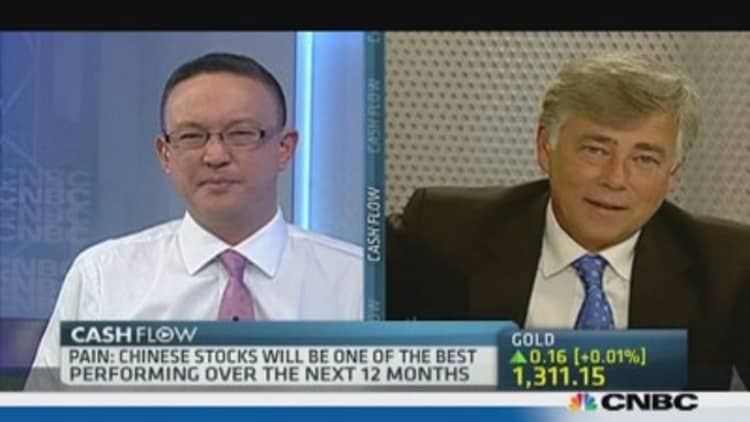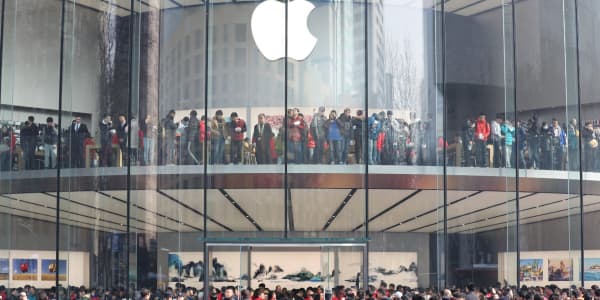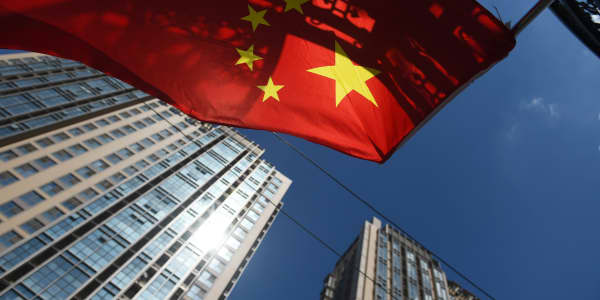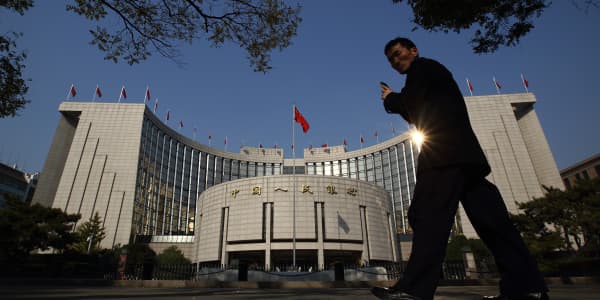Comments from China's premier this week just days before a closely-anticipated meeting of the country's top leaders, highlight the delicate balancing act they face in steering the world's second-biggest economy forward, say analysts.
China's Premier Li Keqiang was quoted saying this week that China needs to sustain economic growth of 7.2 percent to ensure a stable jobs market.
(Read more: China premier warns against loose money policies)
It was one of the few instances that a senior official has specified the minimum level of growth necessary to keep employment levels steady, analysts say. Li is China's second-ranked politician and a key figure behind economic policy.
After three decades of growing at breakneck speed fuelled by exports and investment, Beijing is trying to shift the economy towards consumption to put growth on a more stable long-term footing.
That means a slowdown from the double-digit growth of previous years, but also means ensuring the economy grows at a pace that ensures enough jobs and social stability.

"Li Keqiang's comments certainly illustrate the tension in policymaking in China," said Bank of Singapore Chief Economist Richard Jerram. "If they are serious about moving away from investment then the economy will definitely slow but if it slows too much then you get social issues."
(Read more: China's new plan for growth – and less government)
The Chinese economy grew at an average rate of 10 percent annually between 1978 and 2008, while the U.S. economy grew at an average annual rate of 2.95 percent, according to data from the United Nations.
China's president Xi Jinping has promised comprehensive reforms at the Third Plenum of the Communist Party which begins this Saturday and lasts four days.
The Third Plenum, a meeting of top party leaders, tends to be the forum for significant economic policy announcements. Expectations are high for major reforms to be unveiled a year after once-in-a-year change in the Communist Party leadership occurred.
"I think we will look back at the deliberations at that meeting as a water-shed moment in the history of modern China," Jonathan Pain, author of 'The Pain Report,' a commentary on key market events, told CNBC Asia's "Cash Flow."
(Read more: Will China's plenum dazzle or disappoint?)
All about jobs?
According to China's premier, 7.2 percent is the rate of growth needed annually to create 10 million jobs a year and limit the urban unemployment rate to about 4 percent.
The unemployment rate was 4.04 percent in the first three quarters if the year, with 10.66 million jobs created for urban resident in the nine months to October, China's Ministry of Human Resources and Social Security was reported saying last month.
"What China's policy makers say right now has to be taken in the context of the third plenum," said Dariusz Kowalczyk, senior economist and strategist at Credit Agricole.
"And what Li Keqiang is saying is that long-term, we will get slower grow and that growth at 7.2 percent is enough to keep employment growth steady and social stability intact," he added.
Economists say China is on track to meet its full-year growth target of 7.5 percent, a number that could be lowered next year to around 7 percent.
— By CNBC.com's Dhara Ranasinghe; Follow her on Twitter @DharaCNBC





